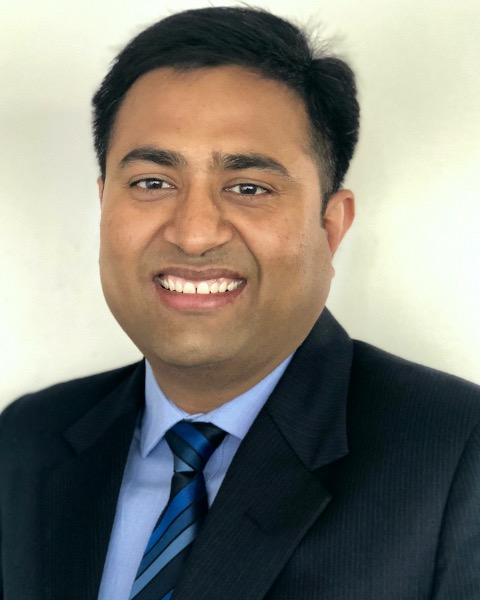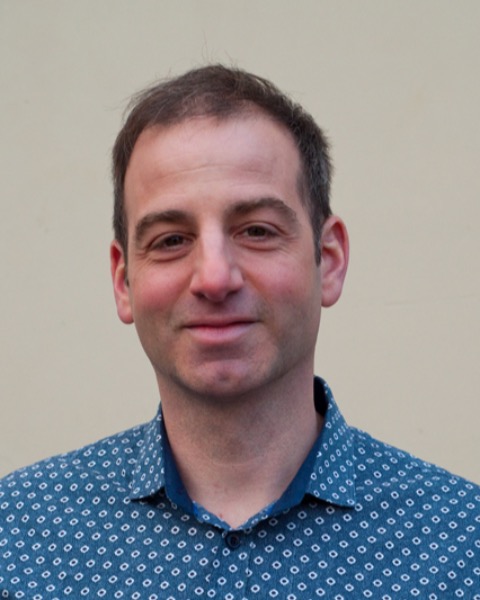Physiatry 2024
Clinical
Friday Educational Sessions 1
Image-Guided Pain Interventions in Spinal Cord Injury: The Frontiers of Future
Friday, February 23, 2024
8:00 AM - 9:00 AM EDT
Location: Sebastian L2

Nimish Mittal, MD (he/him/his)
Assistant Professor
University of Toronto
Paul J. Winston, MD
Clinical Associate Professor
Vancouver Island Health Authority; The University of British Columbia, Faculty of Medicine
Course Director(s)
Speaker(s)
Spinal cord injury (SCI) is a catastrophic event that can result in numerous complications, such as neuropathic pain and spasticity. Neuropathic pain and spasticity are common, chronic conditions that can be difficult to manage and have a significant impact on the quality of life of SCI patients. Traditional treatment options, such as medications and physical therapy, may not always be sufficient to provide adequate relief. However, recent advances in ultrasound-guided pain procedures have shown promising results in the treatment of central neuropathic and spasticity-related pain in SCI patients. Nerve cryoneurolysis for spasticity management, paravertebral nerve blocks (PVNB) targeting the sympathetic nervous system, and motor sparing partial sensory peripheral joint denervation are minimally invasive procedures that provide pain relief without the use of systemic medications. By reducing central neuropathic and spasticity-related pain, these innovative techniques are novel tools to improve patients' quality of life. This session will discuss the clinical manifestations and pathogenetic mechanisms of spasticity and central neuropathic pain in spinal cord injury. The rationale, indications, patient selection, and methodology of nerve cryoneurolysis for spasticity, PVNB and peripheral joint denervation will then be discussed. To facilitate overall engagement and provide an immersive learning experience, the speakers will discuss a number of detailed case scenarios accompanied by visual images and sono-anatomy videos with needle guidance. The guest speakers are renowned experts in image-guided pain management who have published articles in peer-reviewed journals on these procedures. Each speaker will give a 20- to 25-minute presentation, followed by a 15- to 20-minute discussion/question-and-answer session with the delegates.

